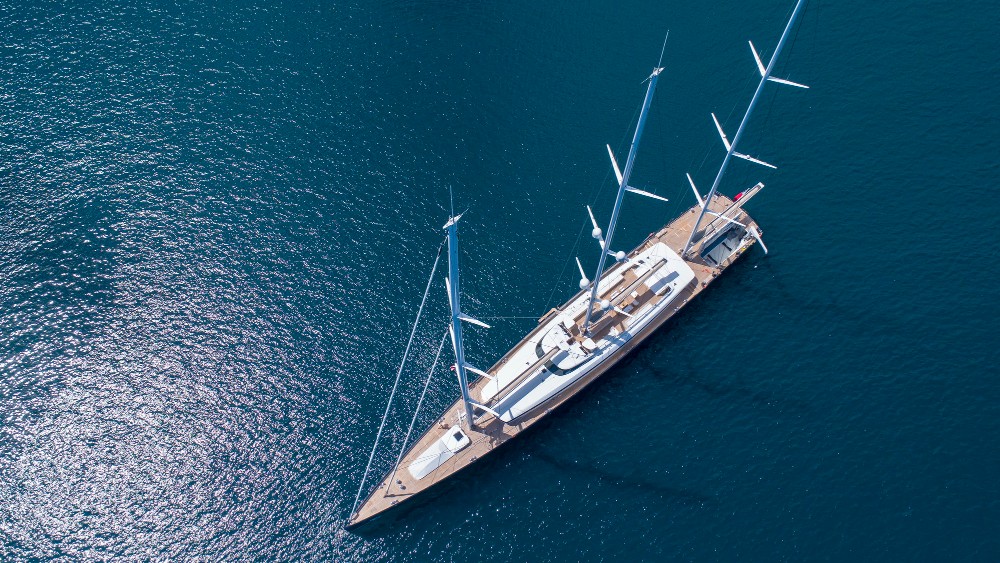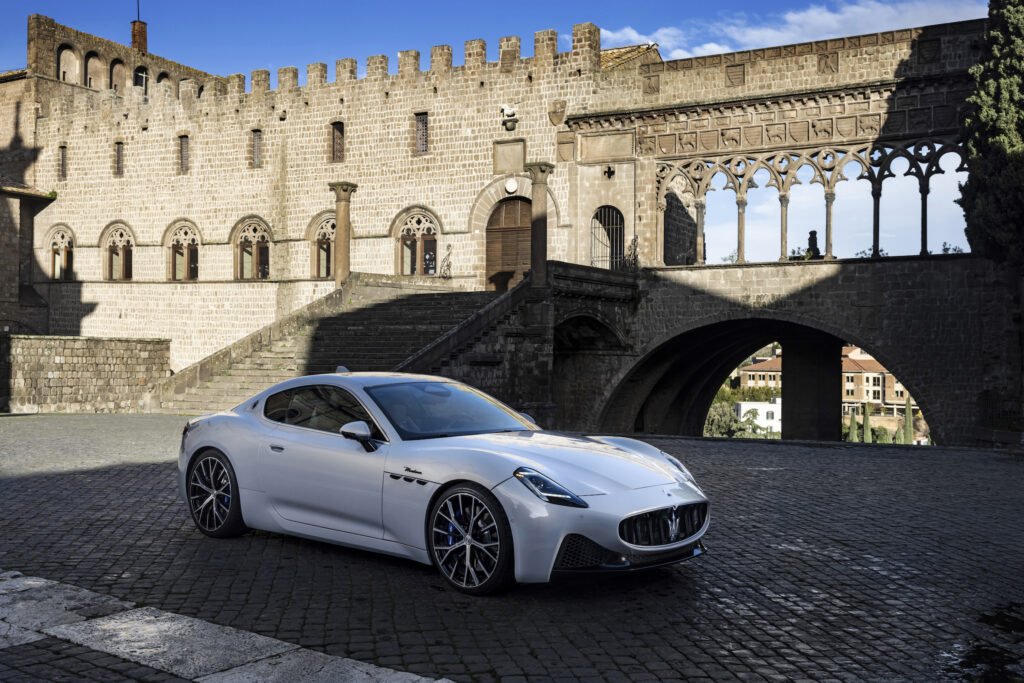
It’s for good reason that the world’s largest aluminum sailing yacht is named after a bird of prey. The 266-foot Sea Eagle II boasts unique technical attributes according to a 70-page report from builder Royal Huisman, while delivering “mile-eating” performance, along with unusual features like a crow’s nest for “eagle-like views” for guests. Launched from the Dutch builder’s Vollenhove facility in July 2020, the owner and crew gave the sailing vessel the mother of all shakedown cruises by recently completing a world circumnavigation.
The owner is an experienced yachtsman who drew up his Sea Eagle II wish list while sailing aboard his previous 142-foot sloop (also named Sea Eagle). His next yacht had to be bigger—much bigger, in fact, at almost twice the length and five times more interior volume.

At the same time, the owner demanded outstanding sailing performance. (The owner and captain both declined interviews about the voyage, but Royal Huisman provided extensive notes about the yacht after it traveled thousands of miles.)
That kind of new technology required extensive planning. Before the build commenced, a virtual model of the yacht was built, tested, refined and re-tested for over six months. It was a smart move, considering the yacht’s technical specs, both above and below the waterline. Beneath the hull, Sea Eagle II‘s 16-foot-long, massive rudder—the largest carbon-composite rudder ever produced—is fitted with fiber-optic sensors laminated into the blade to provide real-time performance data, such as torque and deflection. That level of data not only helps while racing but also optimizes the vessel’s efficiency for long-distance cruising.
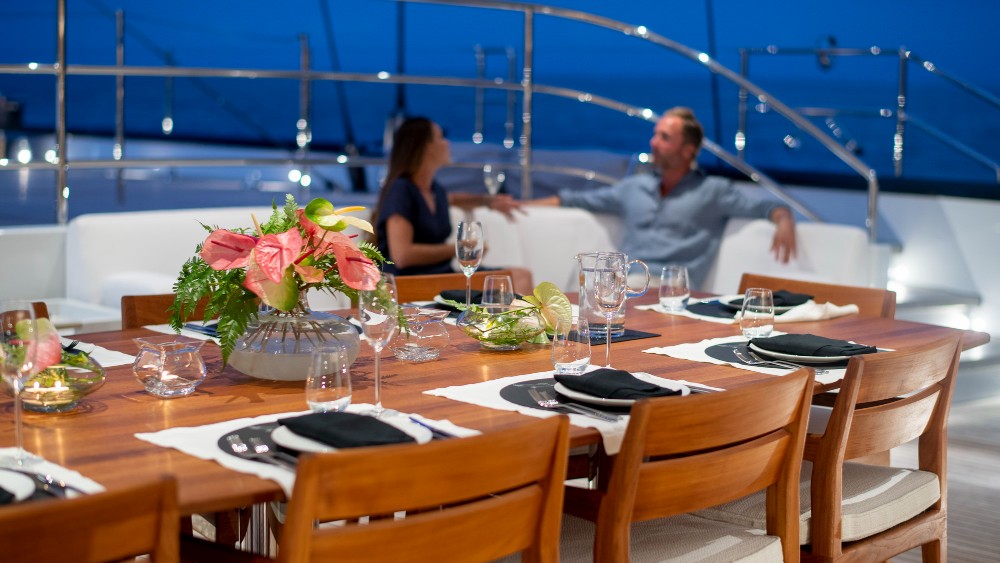
Above the vessel, the sail plan is over 37,600 square feet. That outsized volume of sail across three masts is controlled by 34 winches using a remote sail-management system developed by Dykstra Naval Architects, Rondal, Carbo-Link and Doyle Sails.
By using hydraulic takeoff from the main engines with power-assistance from the battery bank, the three sails can be hoisted simultaneously. According to the captain who conducted the 2020 sea trials, the yacht can propel itself instantly from sitting at anchor to a highly impressive top speed of 21 knots.

“Despite her size, Sea Eagle II gets moving quickly,” said the captain in the notes. “From a skipper’s perspective, especially when racing, this means you can always be confident of performance.”
The hull, painted in flag blue, is built from aluminum, chosen for its lightness and strength. It served the owner’s preference for simplicity and reliability, but also proved challenging when joining the long, low superstructure, much of which is made from laminated glass.

The shipyard glued the two materials together using a technique developed in the aerospace industry. It allows for up to 8 inches of flex between the deck and structure, yet provides a secure, weathertight bond. And the curved, forward windshield provides a stunning panoramic view for everyone on board.
The exterior design was by two renowned design firms, Netherlands-based Dykstra and UK-based Mark Whiteley Design, which also did the interior. One of the advantages of a joint design approach is the extra set of eyes on both internal and external areas. For example, the hull chine sweeping beneath the crew portholes to meet the waterline gives the superstructure “a curved tension,” according to Whiteley, yet also maximizes interior space.
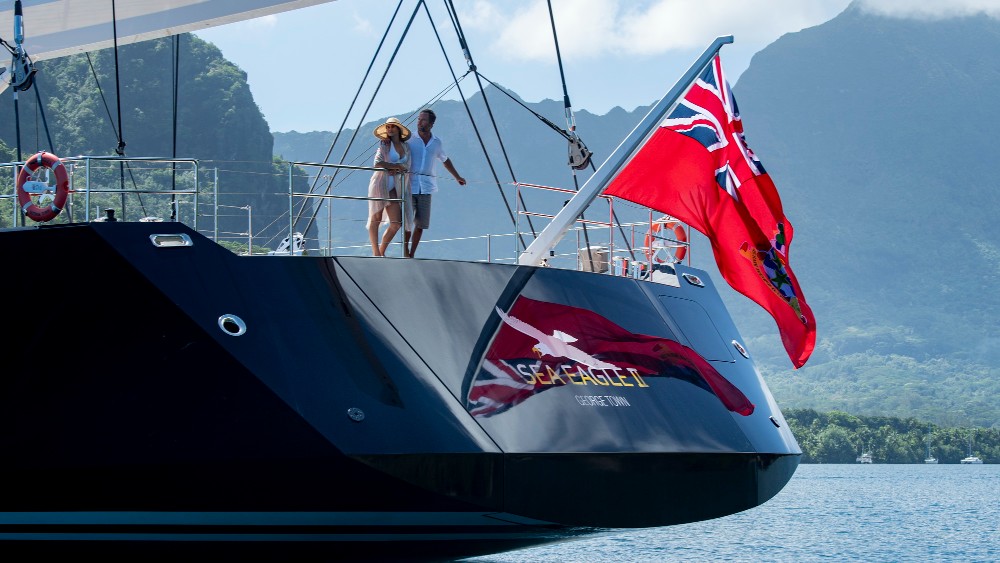
For Dykstra, the focus was on speed and handling. “The modern styling allows a beamy transom and almost full-length waterline, providing better sail-keeping capabilities and promising faster crossings in greater comfort,” said Dykstra’s Erik Wassen. “The yacht can sail with less heel, greatly improving the comfort on board.”
Other designs were mandated by the owner. For example, the main salon opens onto the aft deck via flush sliding-glass doors where a continuous step-free floor stretches from the exterior dining space, through the main salon to the forward dining area. From here, steps lead to the sleek flybridge deck, which is the yacht’s primary entertainment space. Guests can enjoy 360-degree views and the captain can better assess the trim of the sails from one of two exterior helm stations.
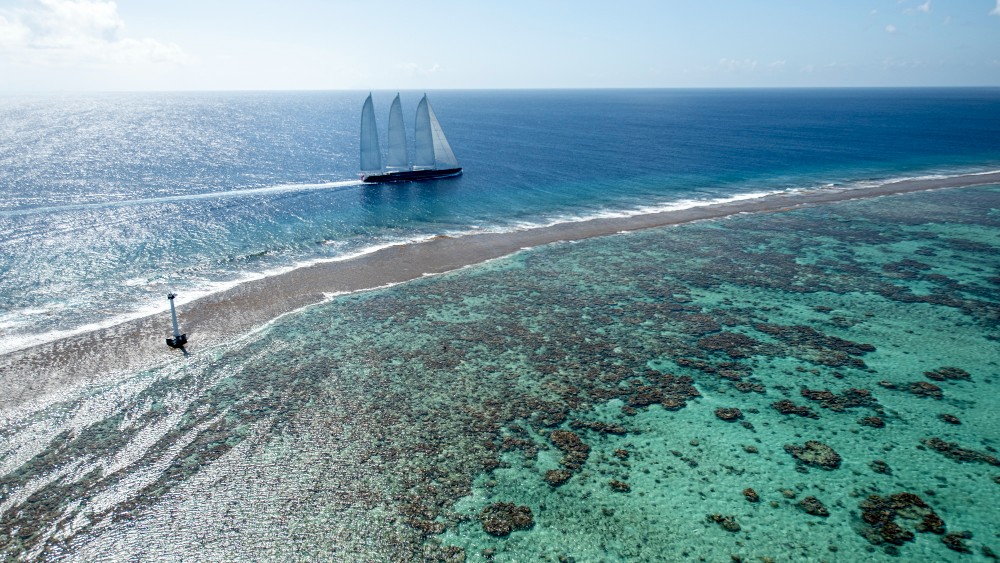
Both the owner’s suite and five other staterooms for 10 guests are located on the lower deck. One guest cabin can be converted into a gym. True to form, the owner’s desire for transatlantic sailing drove many of the layout decisions, including a large hatch on the aft deck where a stern platform with concealed steps, a 26-foot tender, a crane, water-scooter and dive gear are stored.
Sea Eagle II may have returned from its globetrotting adventure, but judging by the owner’s lust for travel, it won’t be in the nest for long.
Click here to see more images of Sea Eagle II.
